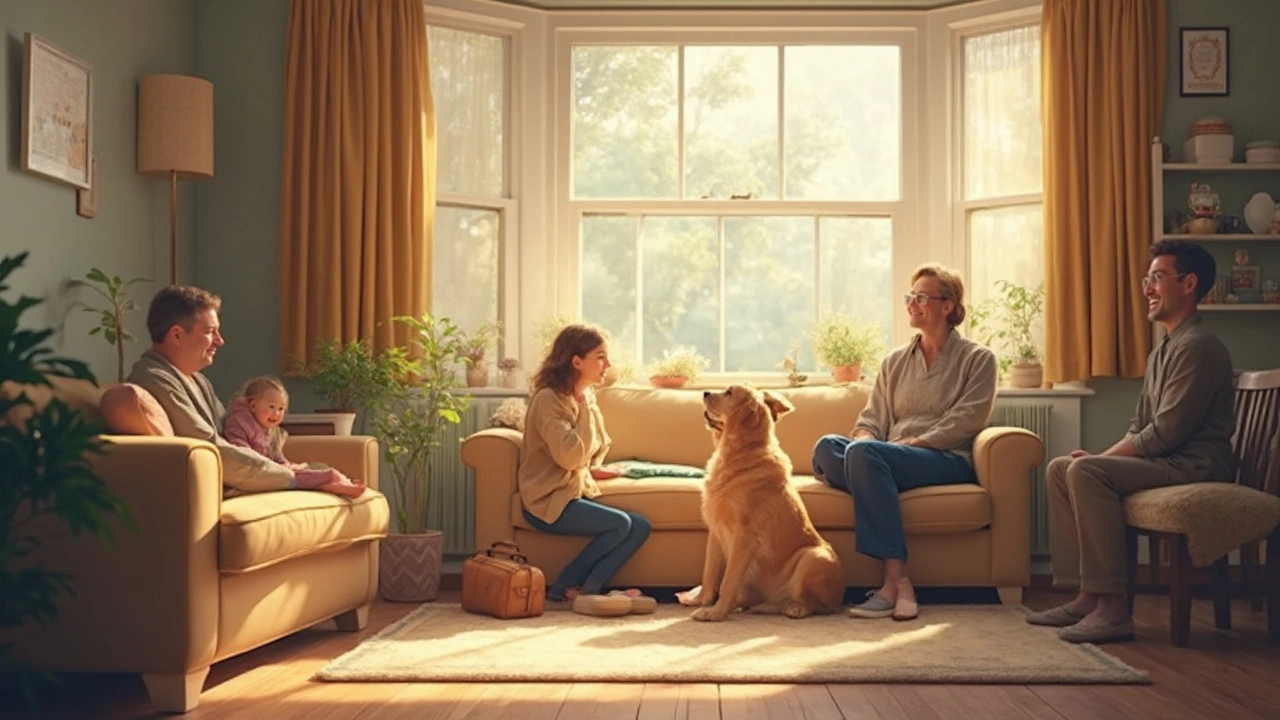Dog Barking: Quick Fixes and Long‑Term Strategies
If your pup’s bark is ringing through the house all day, you’re not alone. Most owners face noisy moments, but the good news is you can calm things down without harsh collars. The key is to match the cause, teach a calm behavior, and pick the right tools. Below you’ll get straight‑forward steps you can try today.
Figure Out Why Your Dog Is Barking
Dogs bark for many reasons – fear, boredom, alerting you to something, or just wanting attention. Watch the situation when the bark starts. Is it the mail carrier, a squirrel, or an empty crate? Jot down a quick note. Once you know the trigger, you can address it directly instead of just shouting “stop!” at your dog.
Teach a Calm Response
Start with a “quiet” cue. When your dog barks, wait for a brief pause, say “quiet” softly, and reward the silence with a small treat. Repeat this in short sessions, building the pause longer each time. Keep it upbeat – you’re training a new habit, not punishing. Over time your dog learns that being quiet earns treats, while endless barking gets nothing.
While you’re training, give your dog a good amount of mental and physical exercise. A tired dog barks less. A brisk walk, a game of fetch, or a puzzle toy can burn off excess energy and keep the mind busy.
If the barking is fear‑based, work on desensitization. Expose your dog to the trigger at a low level (like playing a recording of a doorbell) and pair it with tasty rewards. Gradually increase the volume as your dog stays calm. This method reduces anxiety without any equipment.
When you need a quick fix, try a gentle bark‑inhibiting tool. Products like citronella sprayers or vibration collars emit a harmless signal the moment your dog barks, interrupting the behavior without pain. Use them only while you’re actively training the quiet cue, and turn them off once your dog gets the hang of it.
For owners who prefer a completely collar‑free approach, the articles on this page have you covered. Check out “What Really Stops Dogs From Barking? Proven Ways to Calm Barking Without Harsh Collars” for a step‑by‑step guide, and “Gentle Alternatives to Bark Collars: Humane Ways to Manage Dog Barking” for product ideas that are safe and effective.
Remember, consistency is everything. Train in short bursts – five minutes a few times a day – and keep the tone friendly. Your dog will pick up on your calm attitude and respond in kind.
Need more help? Browse our full list of bark‑related posts for deeper dives, checklists and quick answers. With the right plan, you’ll enjoy quieter evenings and a happier pup.

How to Train a Dog to Stop Barking: Tips and Tricks
Barking is a natural dog behavior, but sometimes it can get out of hand. Helping a dog learn when to be quiet can make a world of difference at home. We'll explore practical strategies and tips for teaching your dog to curb excessive barking, with insights into the role of dog collars and other helpful tools.
View more